HALLOWEEN H20: 20 YEARS LATER (1998)
Laurie Strode, now the dean of a Northern California private school with an assumed name, must battle Michael Myers one last time...
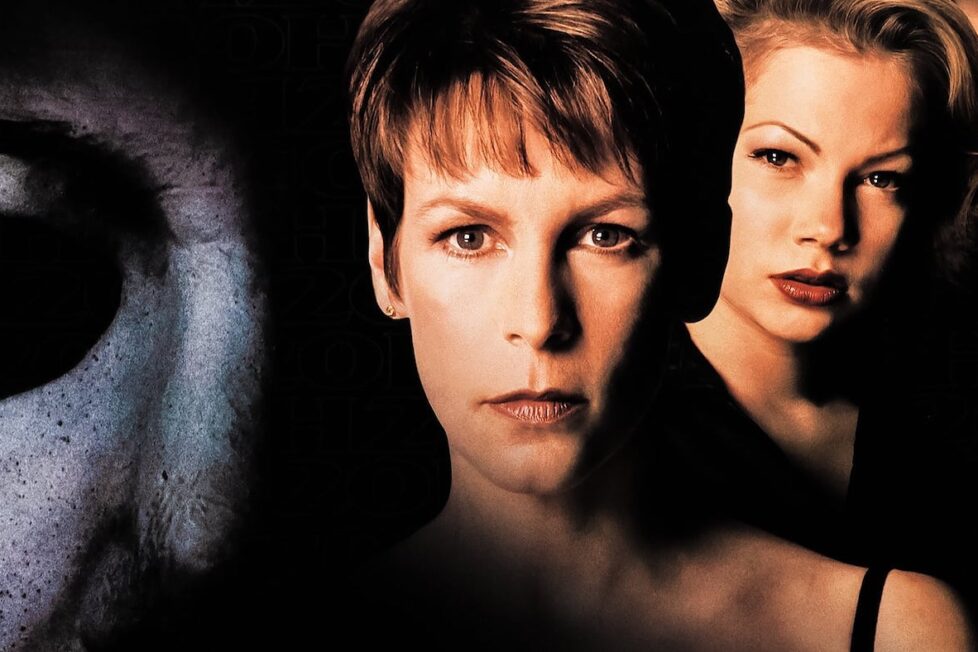
Laurie Strode, now the dean of a Northern California private school with an assumed name, must battle Michael Myers one last time...


How could the writer of Scream (1996), the director of Friday the 13th: Part 2 (1981) and Part III (1982), and two of horror’s original Scream Queens somehow amount to a mediocre Halloween sequel? Halloween H20: 20 Years Later is sorely overrated. Fully deserving of its middling reception upon release, fandom has since crowned this entry an underappreciated gem. But the whole is less than the sum of its parts, and that includes its development cycle. Multiple pitches and screenplays piled high before one simply had to meet the immovable deadline of the slasher franchise’s 20th anniversary in 1998…
Halloween 6: The Curse of Michael Myers (1995) may have pulled through at the box office (grossing $15M from a $5M budget), but it remains the lowest-rated Halloween movie at the time of writing. Daniel Farrands then wrote a treatment for Halloween: Lord of the Dead that soldiered on with the Haddonfield cult concept, before trying again with Robert Zappia for Halloween 7: Two Faces of Evil, this time about a copycat Michael stalking an all-women’s boarding school. However, Miramax needed a fresh and innovative take…
Wes Craven’s Scream had been a huge recent success and referenced Halloween (1978), so its screenwriter Kevin Williamson was the obvious choice to mastermind the seventh Halloween. Bring in Patrick Lussier, who edited Scream, and throw out some of John Ottman’s score to use samples from Marco Beltrami’s work on Scream, to boot. Even have the characters be seen watching Scream 2 (1998) to go full circle! Perhaps the goofiest parallel was Bob Weinstein insisting on the credits song “What’s This Life For” by Creed, who oversaw the Scream 3 (2000) soundtrack. A love for Creed isn’t the worst thing to have in common with the Weinsteins.
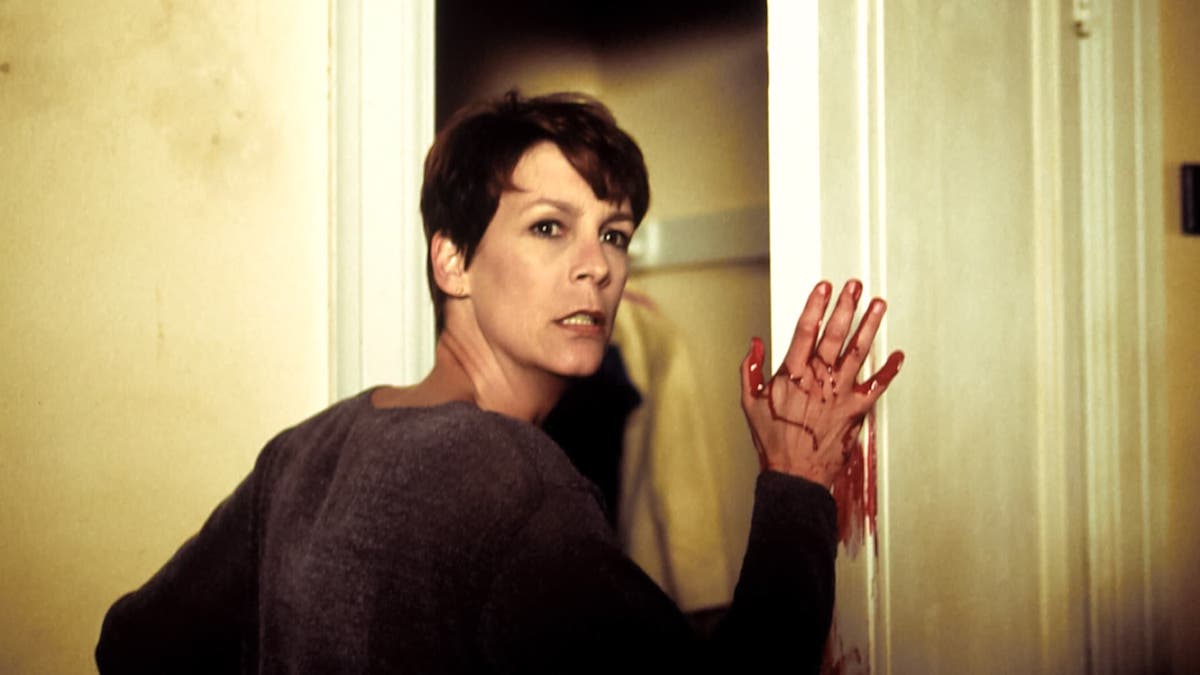
Williamson’s resulting script for Halloween 7: The Revenge of Laurie Strode involved a student recounting the history of Michael Myers, complete with Laurie Strode’s (Jamie Lee Curtis) offscreen death, and the repeated assaults on her daughter Jamie Lloyd (Danielle Harris). Unbeknownst to the class, their teacher and headmistress Sheri Tate would be revealed to actually be Laurie Strode, having faked her own death and assumed a new name. The return of Jamie Lee Curtis would bring the house down! Reconciling continuity with our protagonist’s choice to abandon her own child is more complicated. There’s not saving the cat and there’s letting your cat endure three separate attacks alone, impregnation by your brother, gruesome murder, and losing said grand-cat to a boy you babysat once.
It’s ultimately easier to pretend Jamie never existed, hence the Halloween (2018) sequel ignoring the events of all the original sequels. H20 had the same idea decades earlier and carried on directly from Halloween II (1981). Laurie still suffers nightmares of the long-presumed dead Michael destroying Sheri Tate’s life, only now with the added stakes of having a contentious relationship with her teenage son John (Josh Hartnett).
Hartnett has enough charm and conviction to play the suffocated teen as endearing and not rebellious for the sake of drama, while Will (Adam Arkin) provides charisma and warmth as Laurie’s love interest. He’s in love with the Sheri Tate he knows, and empathetic for the Lauri Strode he discovers.
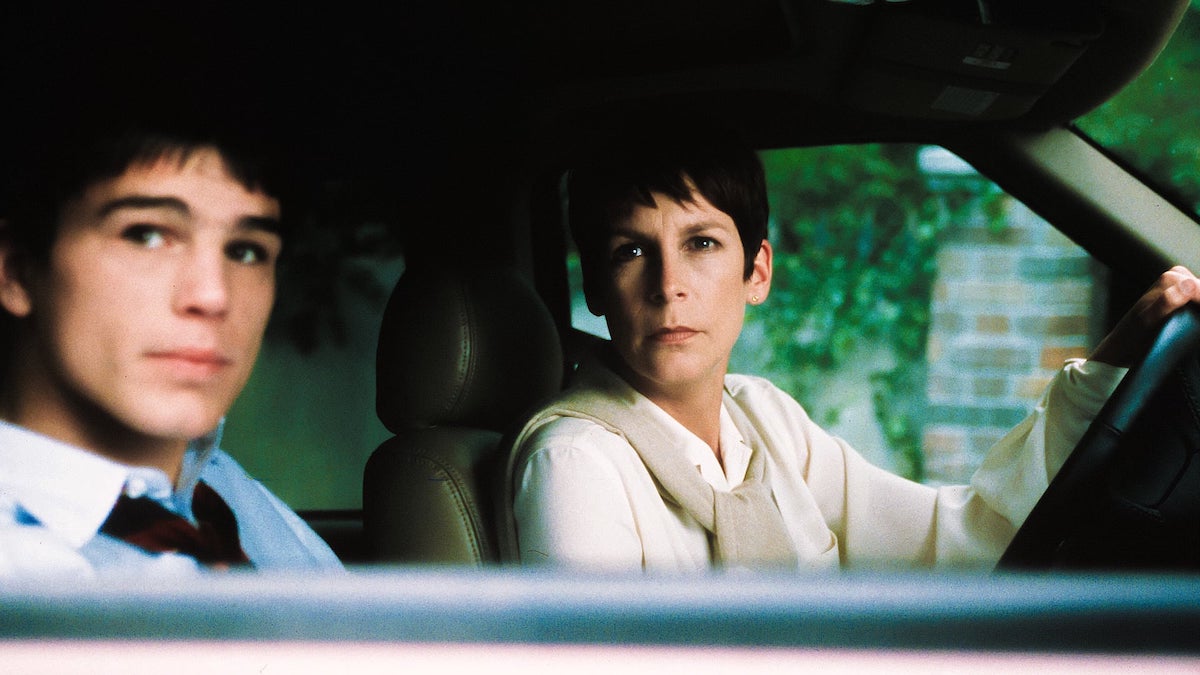
In contrast with the elderly doomsday prepper in 2018, this middle-aged Laurie is almost chipper. Yet Curtis walks a tightrope performance, as Laurie teeters on the edge of ruining what she’s got with her crippling anxieties. A complex survivor’s guilt paints all her achievements in work, love, and family as vulnerabilities. Curtis actually steered story development to allow the Final Girl of Halloween to not only survive but embrace a new life over fearing death. But having failed to escape as Sheri Tate, Laurie Strode reemerges to fight.
Leading up to a grudge match 20 years in the making is a boring film. Zappia had never written a feature before H20, and co-writer Greenberg had tackled obligatory sequels Children of the Corn III: Urban Harvest (1995) and The Prophecy II (1998). Williamson’s story input went uncredited and his attention was split between working on Scream 2, I Know What You Did Last Summer (1997), The Faculty (1998), and Dawson’s Creek (1998-2003).
Outside of scenes between Laurie, John, and Will, the typical teens planning a Halloween party are forgettable. John’s girlfriend Molly (Dawson’s Creek alum Michelle Williams) look presciently like Marilyn Monroe. LL Cool J reading erotica over the phone is memorable. If you want to see him do anything else fun in a 1990’s supporting role, watch Deep Blue Sea (1999). Williamson’s original Revenge script was livelier, though. Imagine the It’s A Wonderful Life (1946) pool party but with more blood. The end result seems drastically cut down thanks to the budget. The atmosphere in the finished film isn’t disquieting, it’s absent.
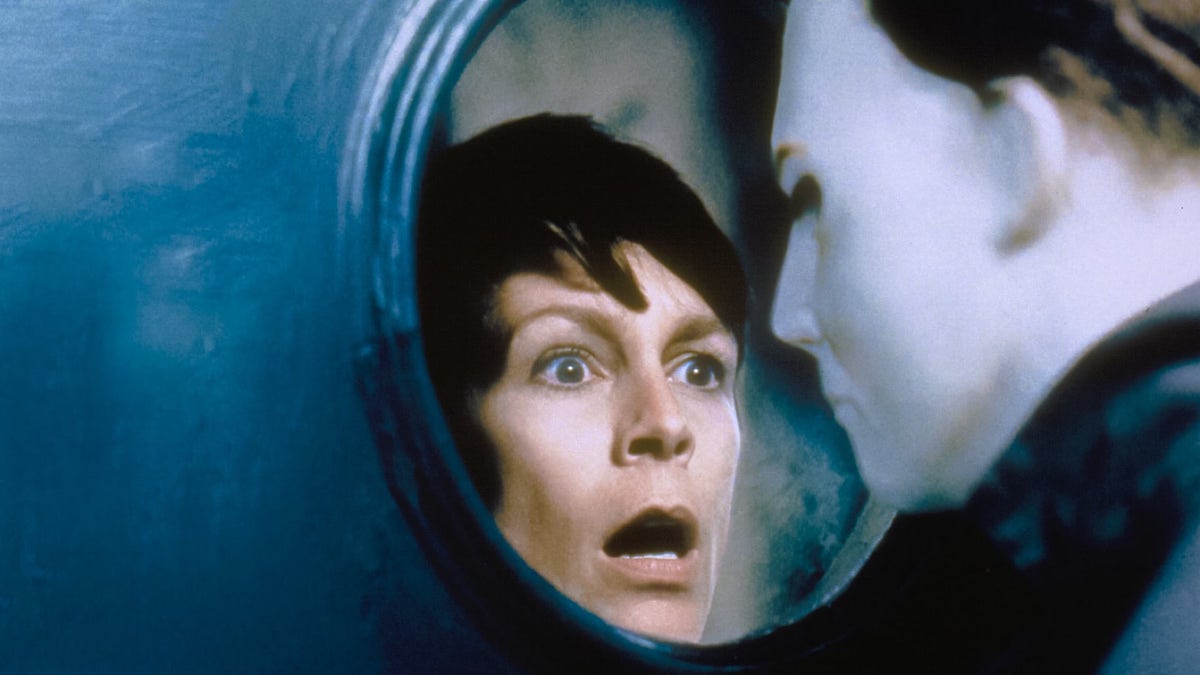
As the director, Steve Miner proves disappointing, considering he was the man behind the first two Friday sequels and the underrated House (1986). 13 years of only middling-reviewed movies and TV episodes of Chicago Hope (1994-2000) and Diagnosis: Murder (1993-2001) perhaps explains why H20 feels like a made-for-TV movie. The great John Carpenter was offered this reunion gig but requested a $10M fee as fair compensation for all the unreceived revenue he deserved for creating Halloween. If nothing else, Carpenter may not have started shooting with such a shoddy Michael mask, only to have a new mould made mid-production. Two more were then created during production, alongside an awful CGI rendering, resulting in a Halloween sequel with five masks of which none resembled the ’78 original.
Admittedly, Miner does craft a handful of effective sequences: a foreboding Scream-esque opening sees helpless Marion (Nancy Stephens) versus Michael in a window while two cops check on the wrong house; a scene where Sarah (Jodi Lyn O’Keefe) receives inventively cruel punishments, from her mangled leg in a dumbwaiter to a ghastly death pose as a butchered light ornament; and John and Molly trapped between a locked door and the front gate as Michael slashes his knife mere inches from their faces. But between those three decent set-pieces, audiences must tolerate a dozen jump scares of folk startling Laurie.
The inevitable reunion of the siblings ends up being a mixed bag. Michael flipping tables while chasing his scurrying sister Laurie is followed by her limply tossing a drawer full of knives at him with zero impact. And while Laurie harnessing her emotional strength against her longtime tormenter is immensely satisfying, David Gordon Green would later deliver audiences a Michael with such terrifying endurance he put Laurie through a more visceral hell. H20′s weaker endgame reduces The Shape from a boogeyman to a punching bag.
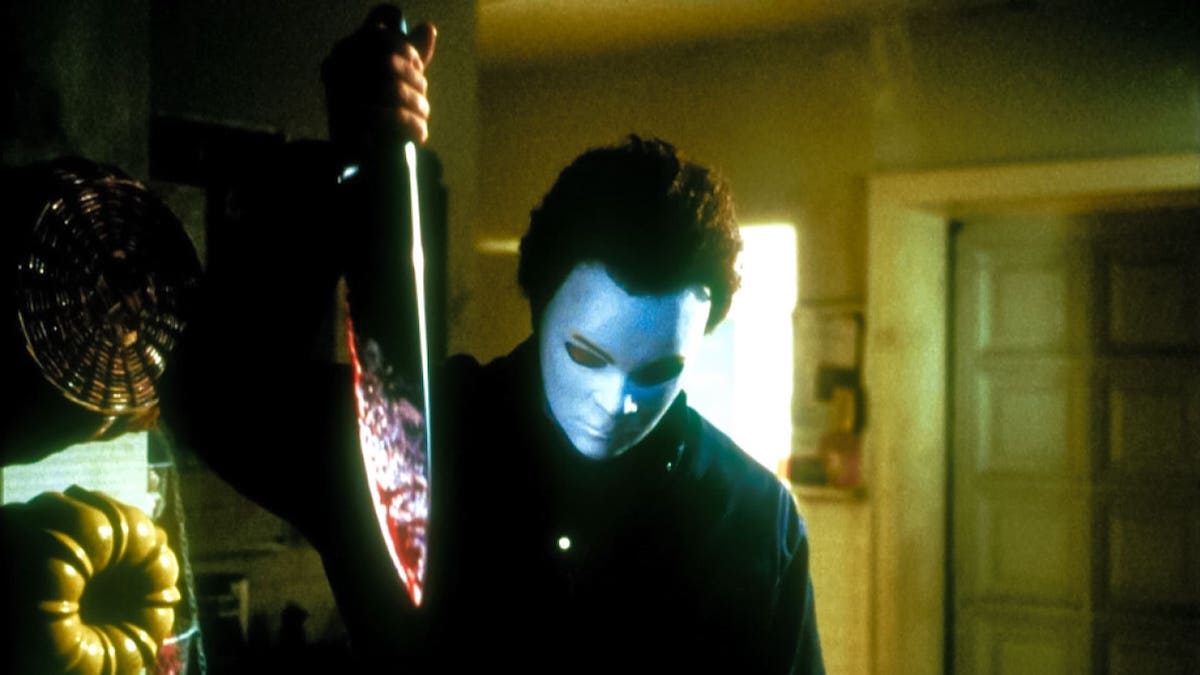
The ultimate climax is why many cite H20 as one of the best Halloween films. Fulfilling Laurie’s arc with a Final Girl flourish reminiscent of Scream’s Sidney Prescott executing her enemy with self-aware efficiency, Laurie’s efforts are even more extreme. With Michael restrained in a body bag, one could easily swing that axe down on him, there and then… so stealing a cop’s gun, hijacking the coroner’s van, and launching Michael through the windshield is insane and impractical.
The final shot of a triumphant Laurie decapitating her evil brother Michael is incredible. But, try as we might, we can’t ignore the forthcoming Halloween: Resurrection (2002). Curtis convinced Miramax to include this exciting and seemingly definitive conclusion to the saga, but Miramax insisted they leave room for another sequel. Laurie could only kill Michael if he didn’t die.. but he was beheaded, so how does that work? After wrapping production, they shot a twist that Michael had switched places with an unfortunate paramedic whom Laurie mistook for him. Curtis at least had the star power to ensure none of this was teased or hinted at when H20 was released into cinemas.
With its ‘duel to the death’ marketing, H20 achieved the highest box office gross in the franchise until 2018’s reboot: $78M from a $17M budget. Then began the continual struggle to keep the franchise coherent. Resurrection made half that money and is often ranked bottom of the pile alongside Curse. As Norma (Janet Leigh) comforts Laurie, saying “I don’t like to see you like this, I’ve seen you like this before and we’ve all had bad things happen to us, the trick is to concentrate on today”, one can look at Halloween with the same attitude. Far worse things happened to the franchise both before and after 1998, so watching H20 today is entertaining enough.
USA | 1998 | 86 MINUTES | 2.35:1 | COLOUR | ENGLISH

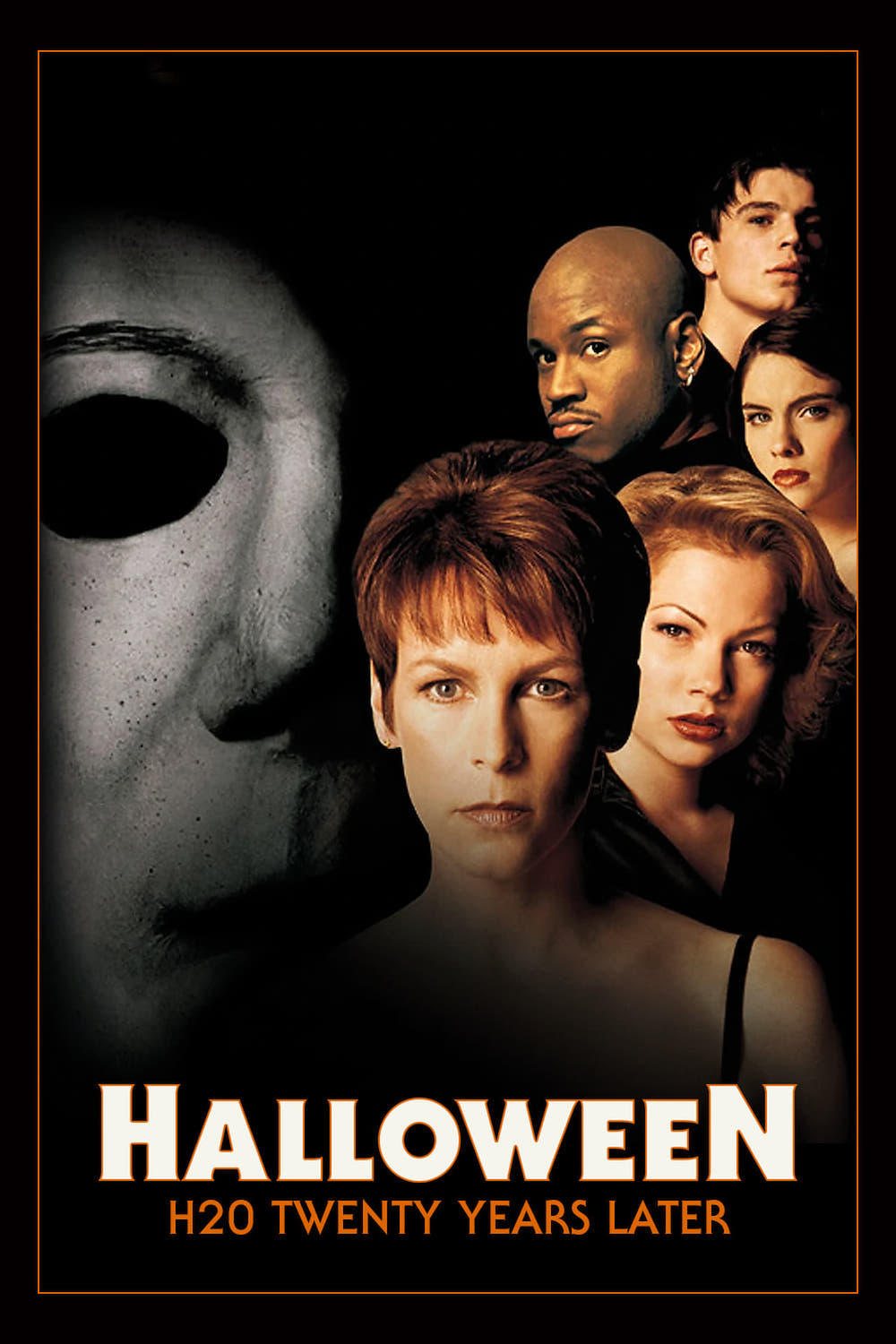
director: Steve Miner.
writer: Robert Zappia & Matt Greenberg (story by Robert Zappia & an uncredited Kevin Williamson).
starring: Jamie Lee Curtis, Adam Arkin, Michelle Williams, Adam Hann-Byrd, Jodi Lyn O’Keefe, Janet Leigh, Josh Hartnett, LL Cool J & Joseph Gordon-Levitt.
